Evan Gough
Evan Gough is a science-loving guy with no formal education who loves Earth, forests, hiking, and heavy music. He's guided by Carl Sagan's quote: "Understanding is a kind of ecstasy."
Recent Articles
-
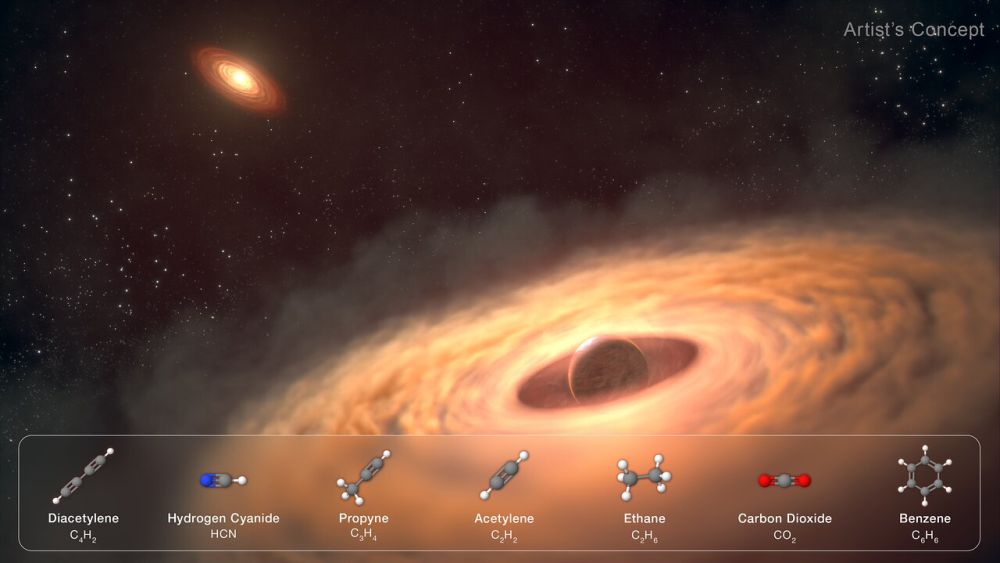
-
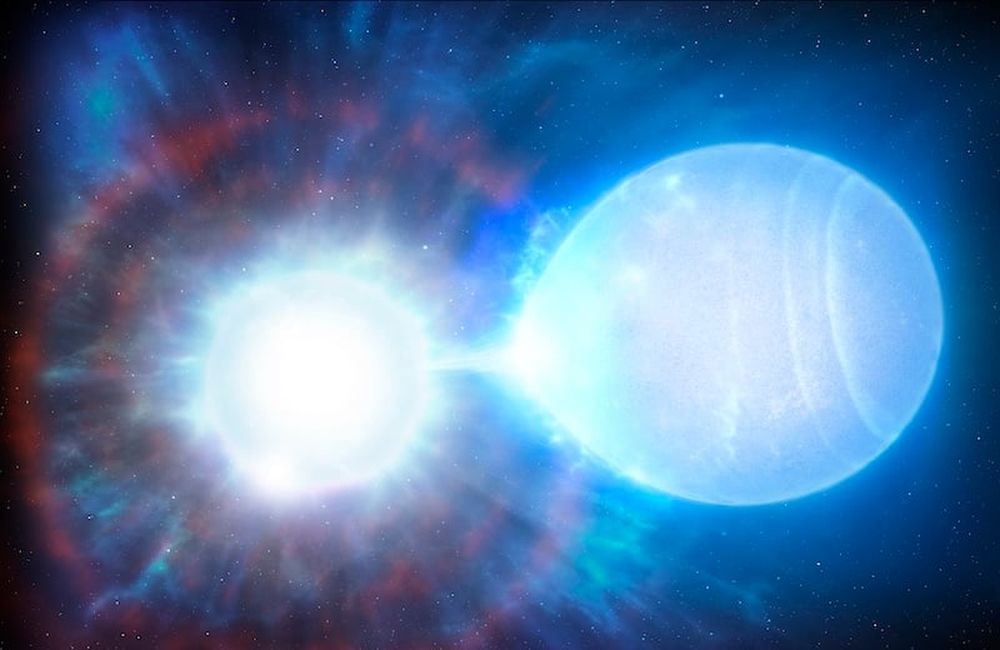
Primordial Black Holes Could Be Triggering Type Ia Supernovae
September 26, 2025A new article published in The Astrophysical Journal explores a new theory of how Type Ia supernovae, the powerful stellar explosions that astronomers use to measure distances across the universe, might be triggered. Traditionally, these supernovae occur when a white dwarf star explodes after interacting with a companion star. But this explanation has limitations, leaving open questions about how these events line up with the consistent patterns astronomers actually observe.
-
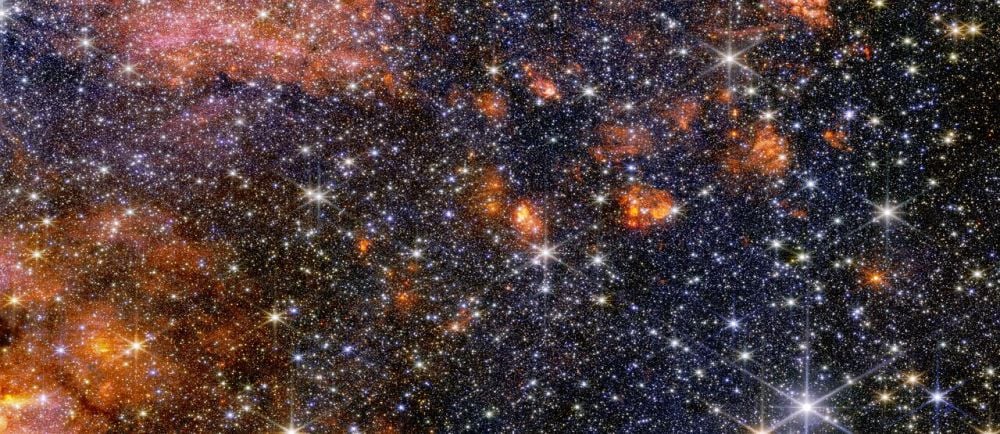
The JWST Searches For Stars In A Glowing Gas Cloud
September 25, 2025The JWST examined the most vigorous star-forming region in the entire galaxy. It's called Sagittarius B2, and while astronomers have studied it in detail, no other telescope reveals its details the way the JWST can.
-
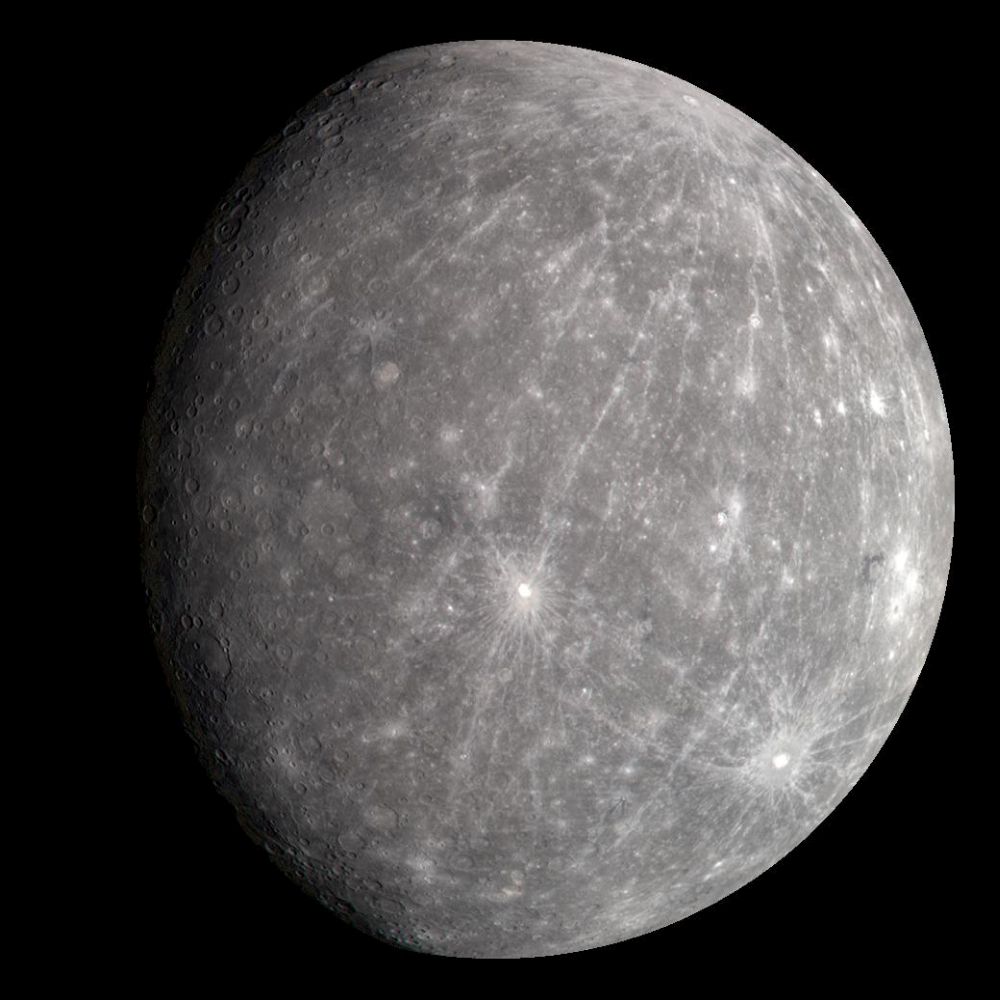
An Impact Between Equals Could Solve The "Mercury Problem"
September 24, 2025Mercury's large metallic core is 70% of its mass, which is way more than the other rocky planets. Scientists have wondered if a collision with a much larger body stripped away much of its mantle and crust, and Mercury is only the remnant core of a once much larger planet. New simulations show that's not quite what happened.
-
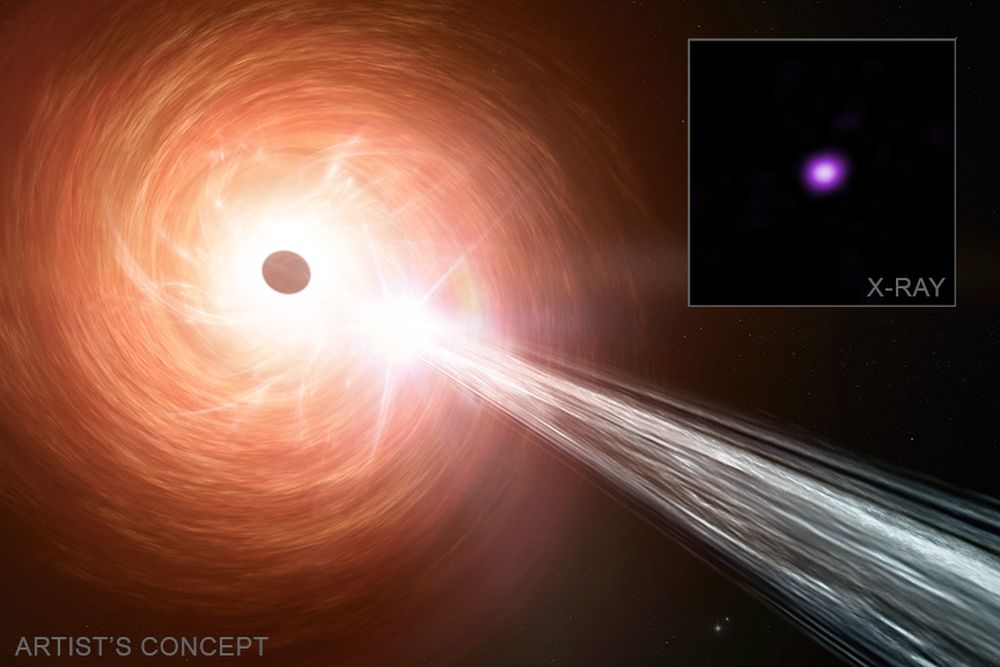
This Rapidly-Growing Black Hole Could Explain The JWST's Puzzling Findings
September 24, 2025NASA's Chandra X-ray space telescope has found a black hole that's growing at an extremely rapid pace. The telescope is seeing the black hole, which has about one billion solar masses, when the Universe was less than one billion years old. Studying its rapid accretion could explain how some black holes become so massive so soon after the Big Bang.
-
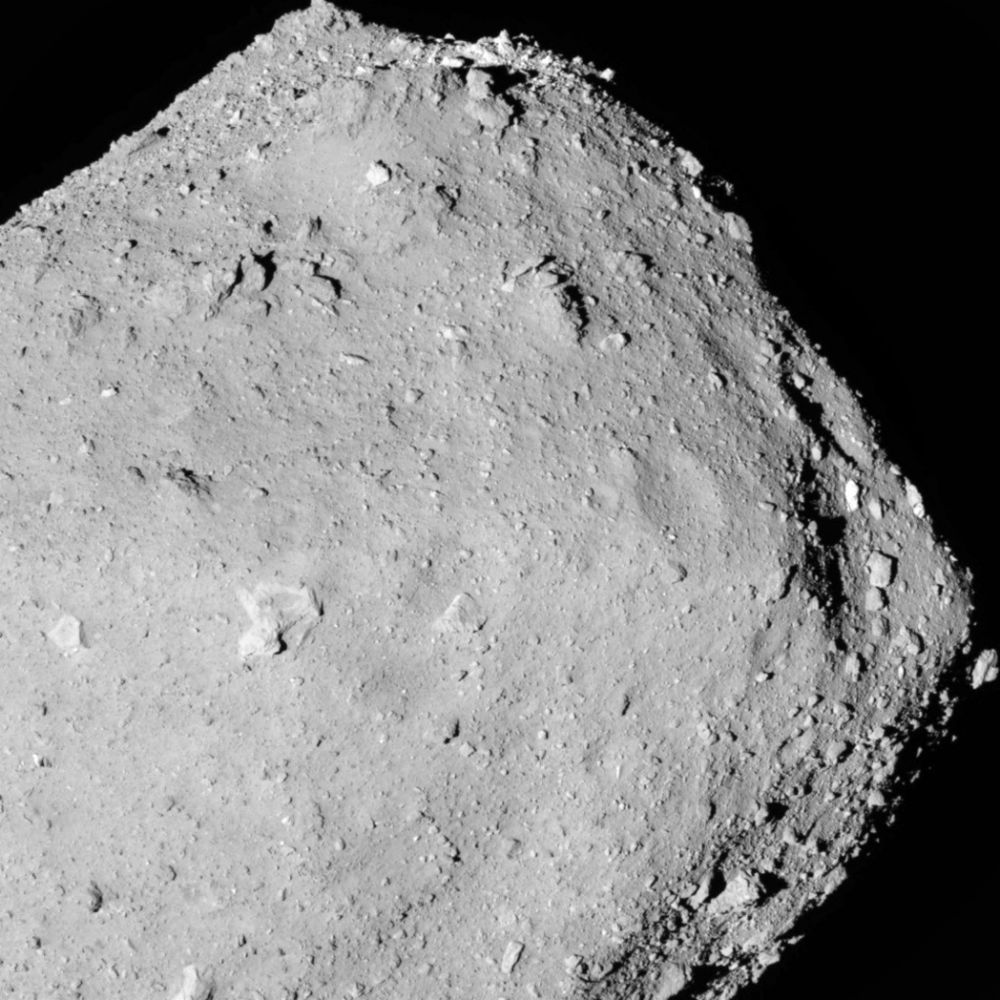
Liquid Water Flowed On Ryugu More Than One Billion Years After It Formed
September 23, 2025Researchers working with a sample from asteroid Ryugu discovered that water flowed on the asteroid almost one billion years after it formed. The finding suggests that carbon-rich asteroids could've delivered far more water to Earth than thought.
-
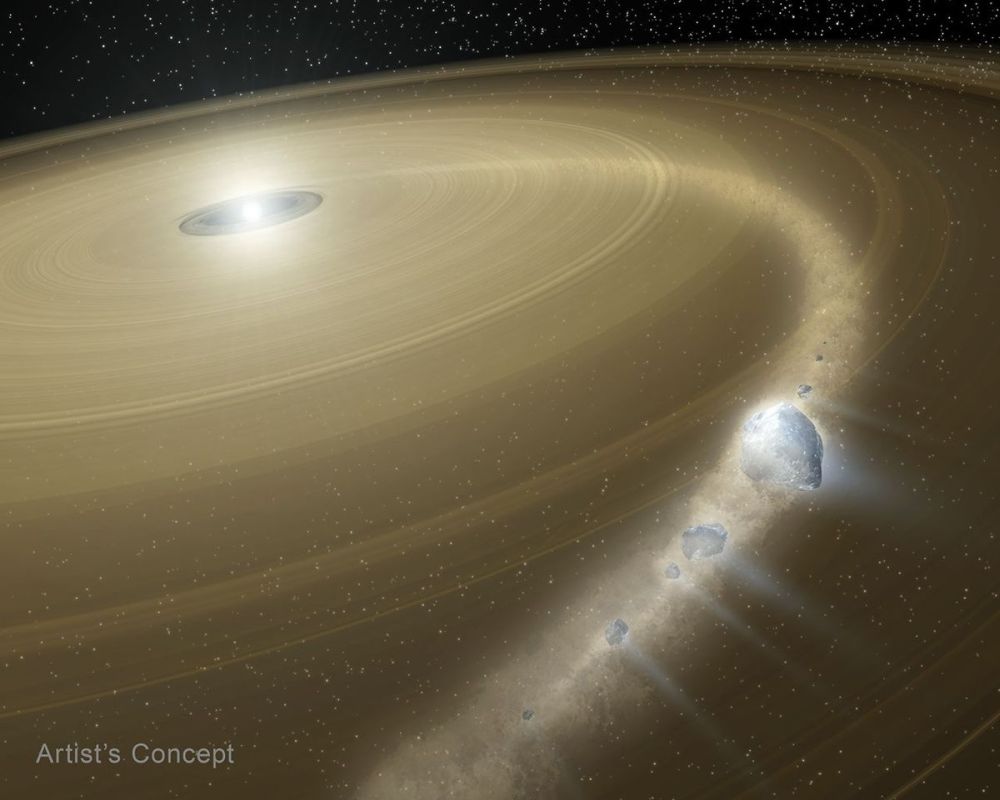
A White Dwarf Makes A Meal Of A Pluto-Like Object
September 19, 2025The Hubble Space Telescope has spotted a white dwarf that's devouring a chunk of an icy body. It suggests that even in distant solar systems, icy bodies from the distant reaches can deliver water to planets in the inner solar system.
-
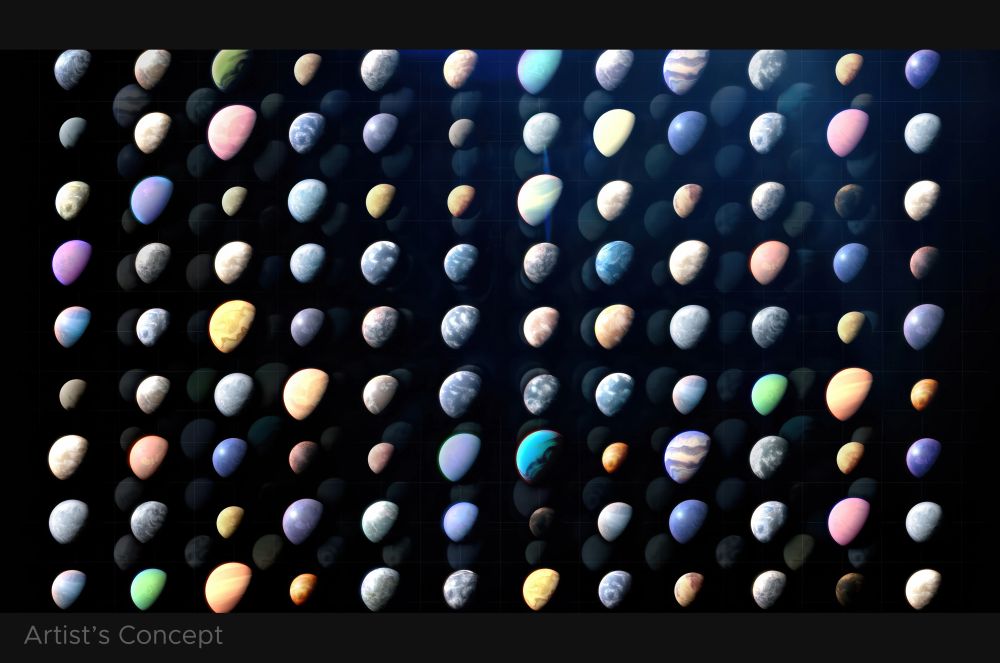
It's Official. We Now Know Of 6,000 Confirmed Exoplanets
September 18, 2025NASA says we now know of 6,000 confirmed exoplanets. At first there was just a trickle of discoveries. But the pace has quickened and shows no signs of slowing down.
-
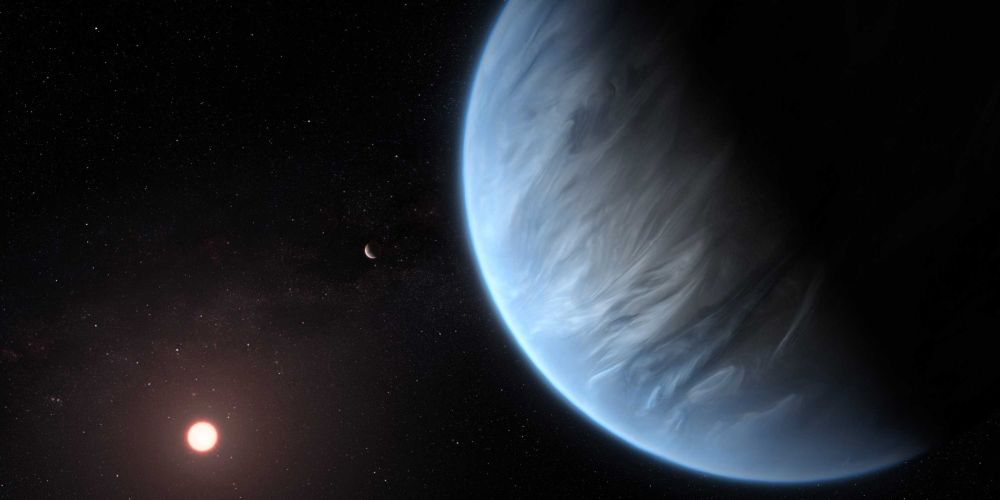
Bad News And Good News: Hycean Worlds Aren't Real, But Earth's Water Isn't Unusual
September 18, 2025New research shows that the purported water world K2-18b isn't a marine world with a deep ocean. In fact, so-named Hycean worlds may not exist at all. But on the bright side, Earth's water content may not be unusual.
-
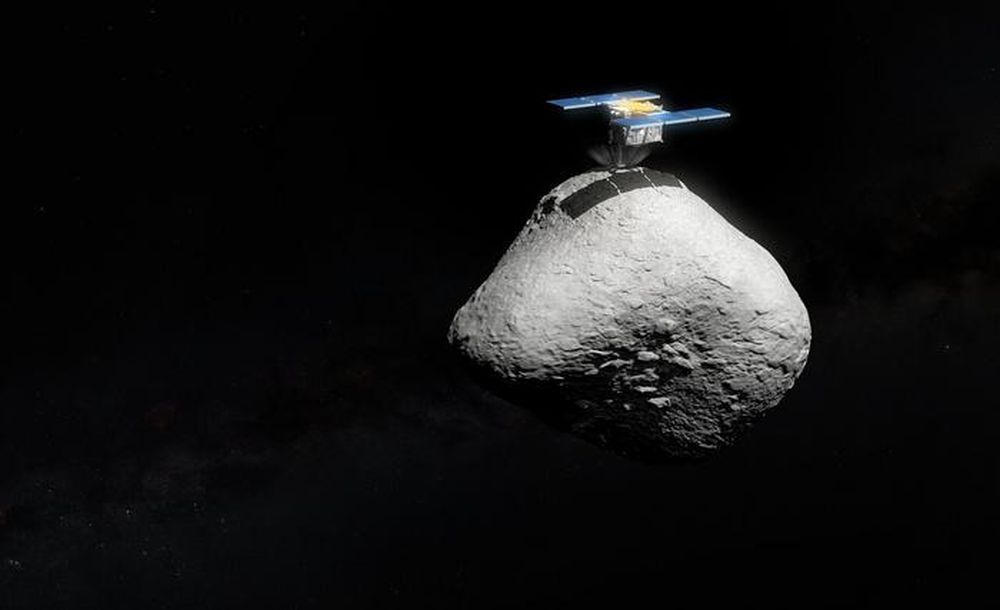
Doubt Creeps Into Hayabusa 2's Planned Visit To Its Next Asteroid
September 18, 2025Hayabusa 2 may need to alter its visit to its next target. VLT observations show that the asteroid 1998 KY26 is three times smaller than thought and spinning much more rapidly.
-
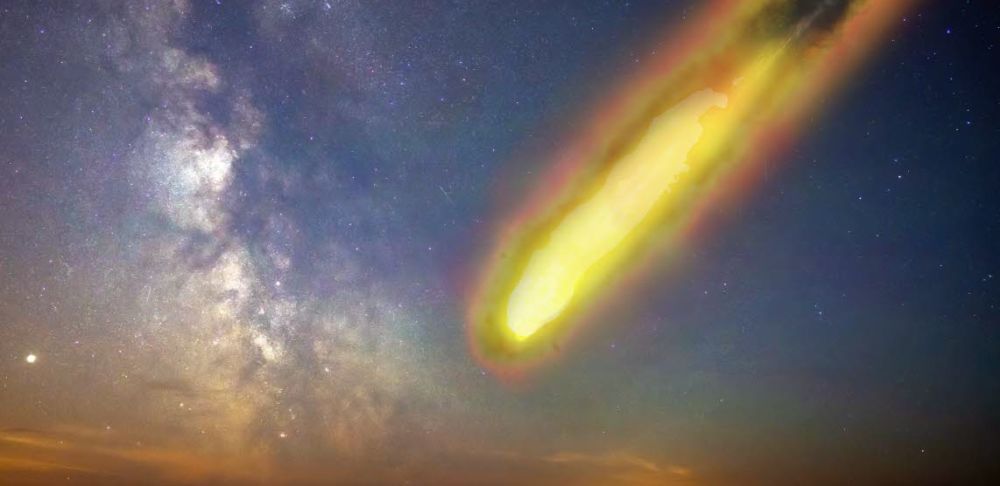
Microbial Life Colonizes Post-Impact Craters And Thrives For Millions Of Years
September 17, 2025Researchers have dated the appearance of microbial life in a 78 million year old impact crater. Life colonized the fractured hydrothermal system the impact created, and thrived for millions of years. It could do the same on other worlds.
-
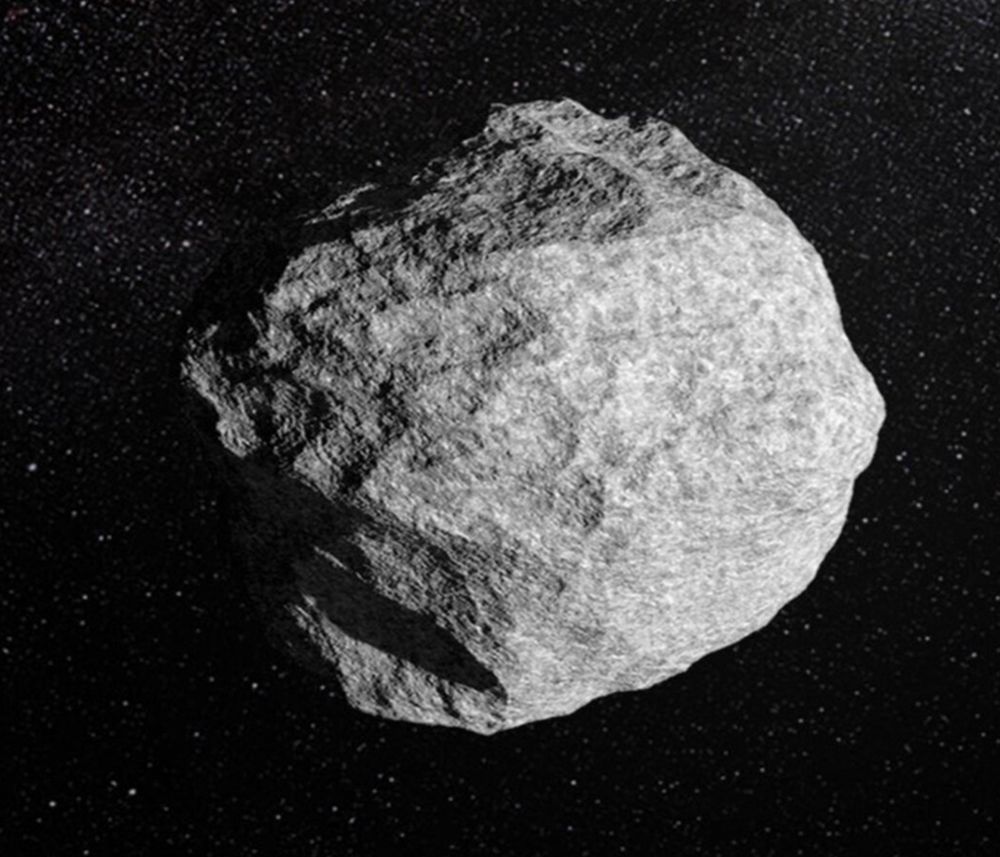
Earth Has Another Quasi-Satellite: The Asteroid Arjuna 2025 PN7
September 16, 2025Earth has a new co-moving neighbour. It's a new member of the group of asteroids that follow Earth-like orbits and are called quasi-satellites. Together, they constitute an asteroid belt.
-
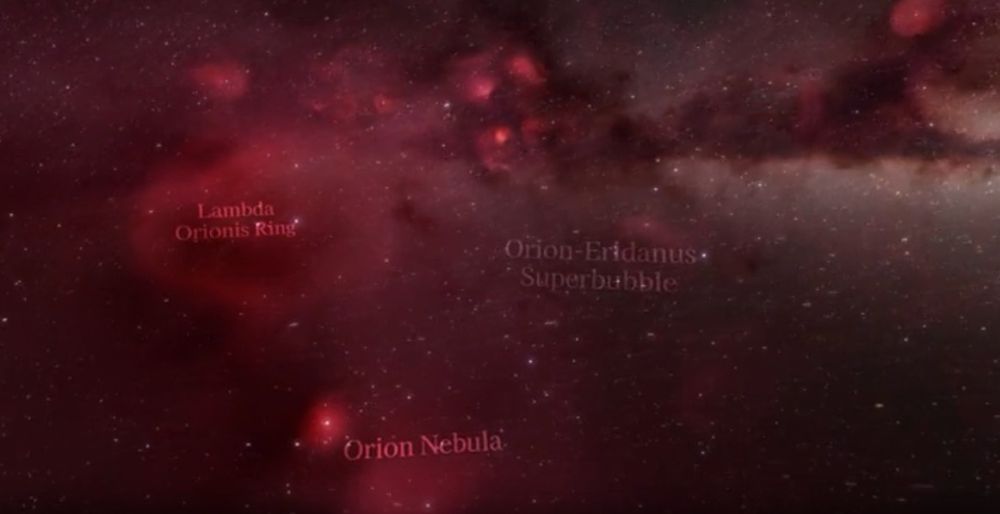
Make Like A Spacecraft And Fly Through Gaia’s 3D Map Of Stellar Nurseries
September 16, 2025Here we fly through Gaia’s new 3D map of stellar nurseries. This new map includes 3D-views of the Gum Nebula, the North American Nebula, the California Nebula, and the Orion-Eridanus superbubble. It allows us to fly around, through, and above these areas containing stellar nurseries. At the end of the animation, we arrive at our Sun.
-
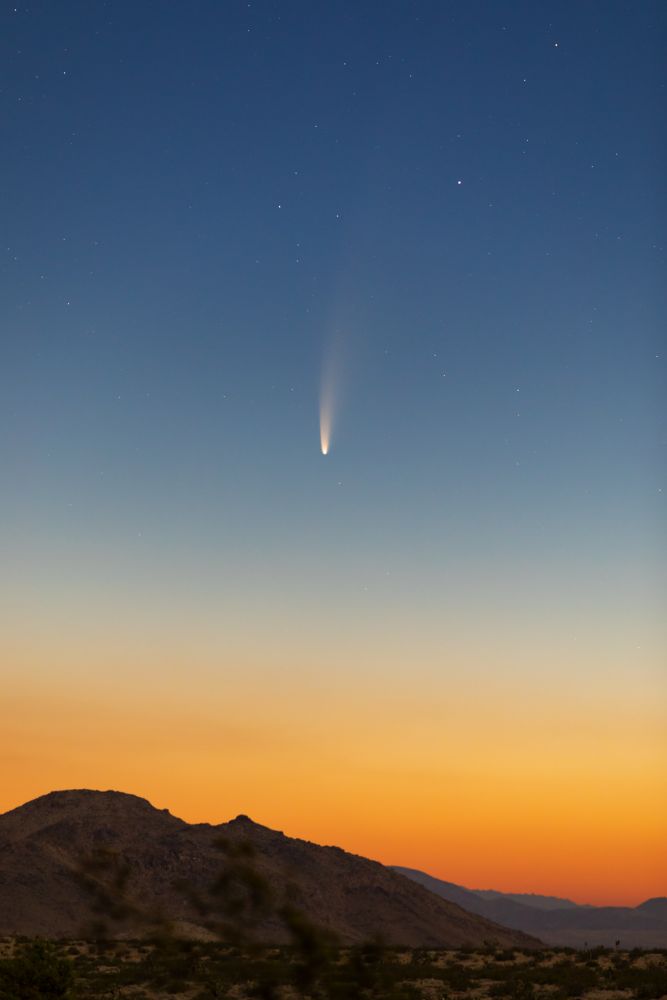
New Evidence Says An Exploding Comet Wiped Out The Clovis Culture And Triggered The Younger Dryas
September 16, 2025A swarm of fragments from an air burst comet could've triggered the Younger Dryas cooling period. A wave of megafauna extinctions followed, as did the disappearance of the Clovis culture.
-
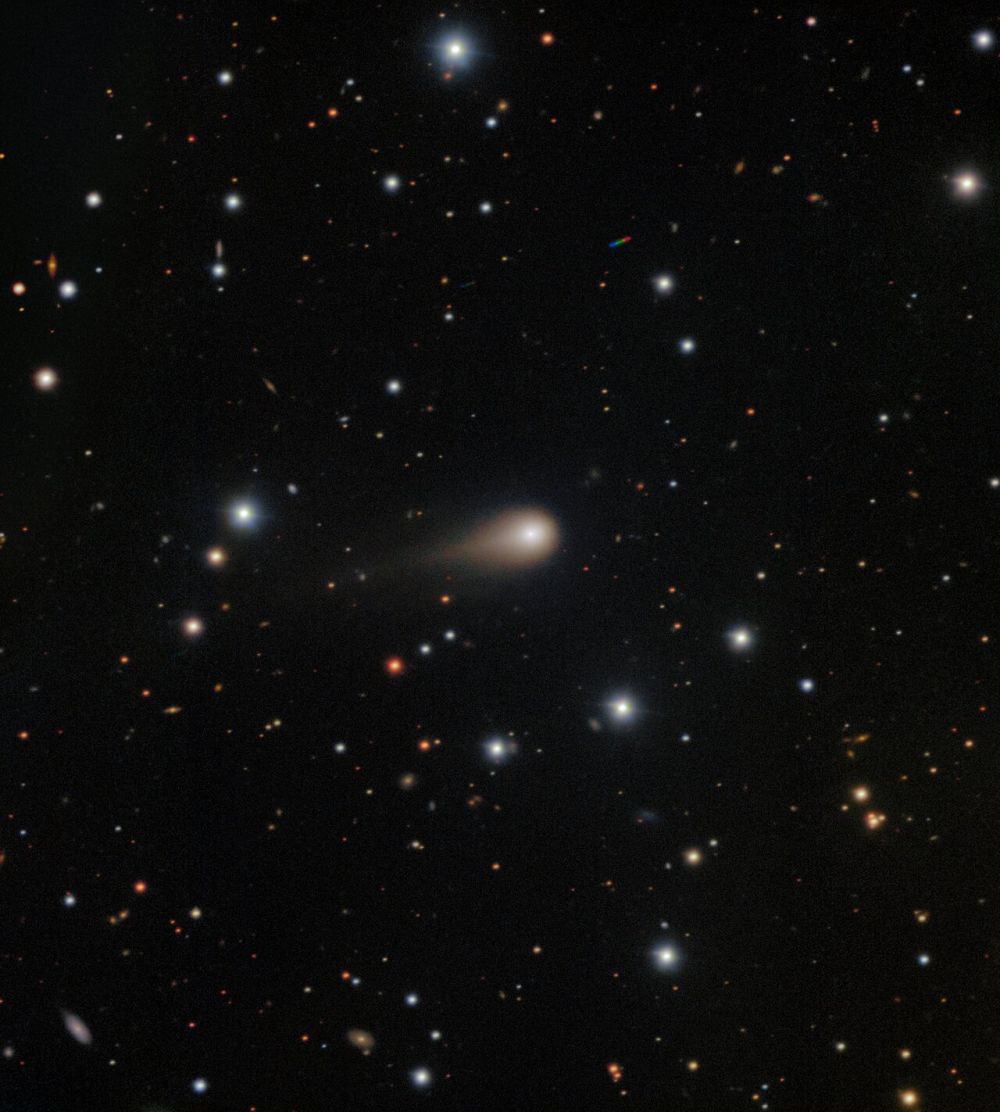
Interstellar Objects Like Comet 3I/ATLAS Could Act As Planetary Seeds
September 15, 2025ISOs like Comet 3I/ATLAS are fascinating yet fleeting visitors from distant solar systems. New research suggests that when captured by a young solar system that's still forming planets, these objects could act as planetary seeds for the formation of planets.
-
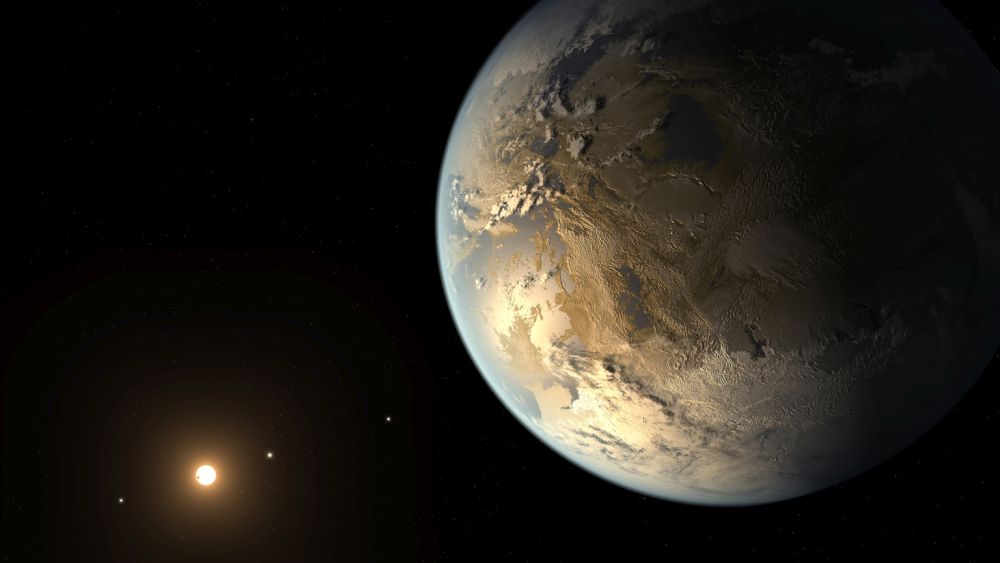
Civilization Can't Arise Without Plate Tectonics And Carbon Dioxide
September 15, 2025Can a planet that lacks plate tectonics and has very little carbon dioxide support life? Maybe. Can it support life long enough for a technological civilization to arise? New research says no.
-
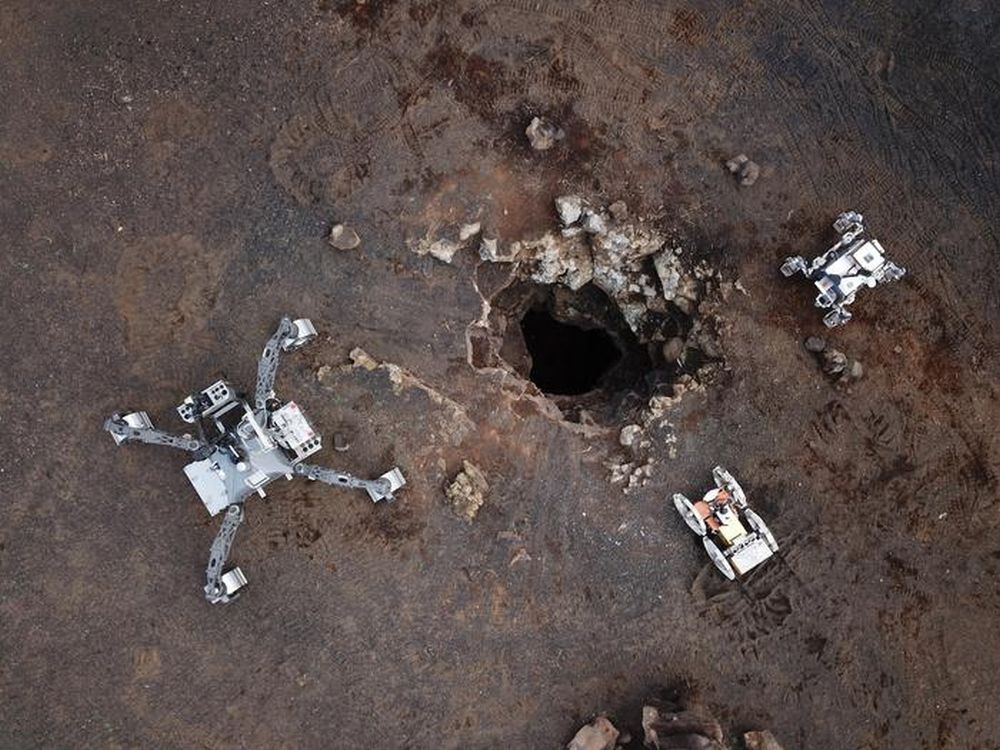
This Trio Of Robots Could Explore Lunar Caves
September 12, 2025Seeking refuge in caves is natural. Animals do it, and so did our ancestors. Future lunar astronauts may do the same when they visit the Moon. Lunar caves can provide protection from the harsh radiation that bathes the Moon, the wild temperature swings on its surface, and from meteorites that can damage spacesuits and equipment. But these caves need to be explored first, and new research outlines how a team of three diverse robots working together could do the job.
-
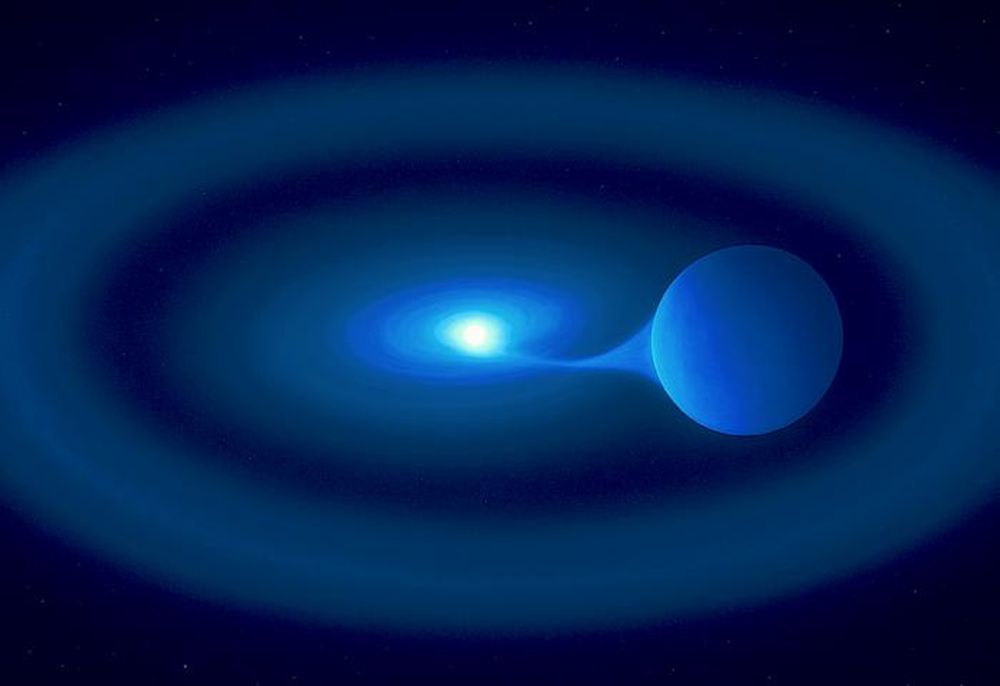
This Star Is Consuming Its Companion And Could Explode Brilliantly
September 11, 2025A binary star that has puzzled astronomers for decades may finally be explained. The accretor star is sucking material from its donor star so rapidly that it can't contain it all and is forming a bright, circumbinary ring.
-
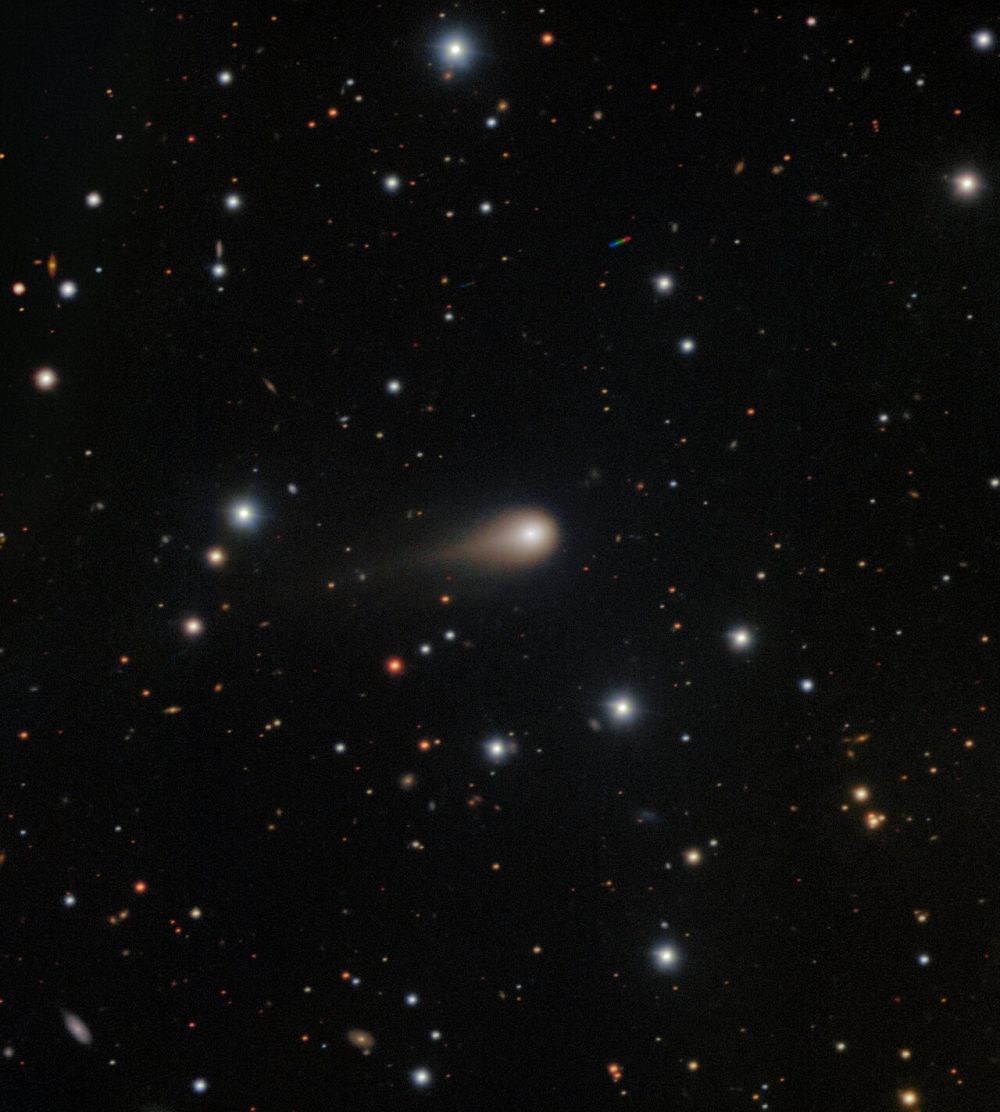
Where Did The Interstellar Comet 3I/ATLAS Come From?
September 11, 2025When an interstellar object (ISO) travels through our inner Solar System, the immediate question is "Where did it come from?" There are only fleeing opportunities to study these, since their trajectories take them out of the Solar System pretty quickly. A new research effort aims to understand where the most recent ISO, 3I/ATLAS, originated.
-
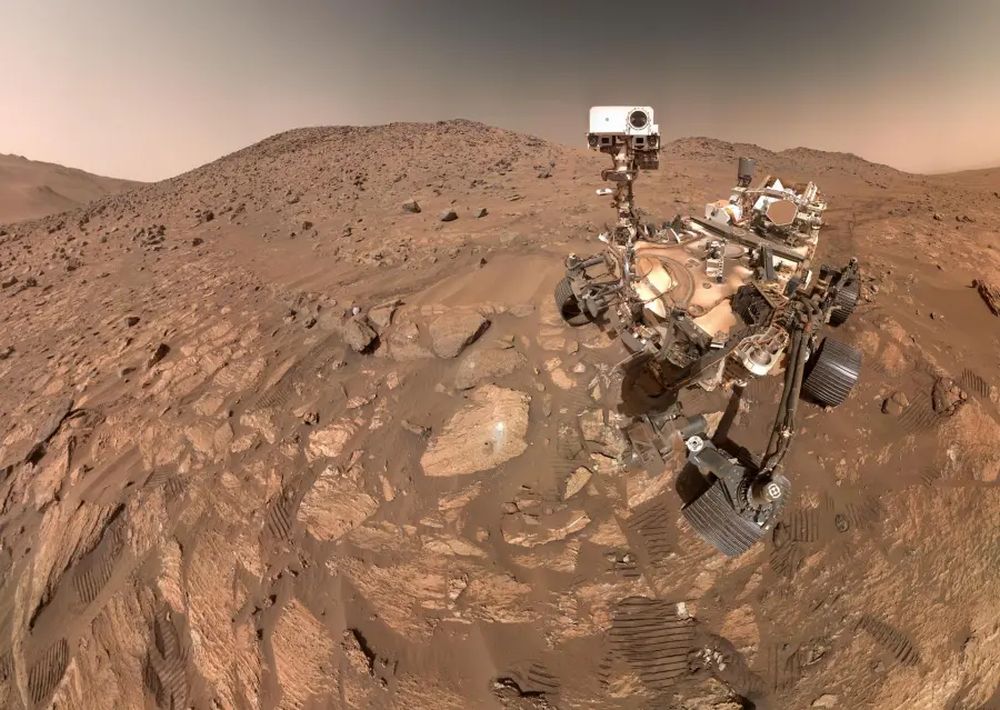
Has NASA Detected Convincing Evidence Of Ancient Life On Mars?
September 11, 2025NASA Says Mars Rover Discovered Potential Biosignature Last Year - https://www.nasa.gov/news-release/nasa-says-mars-rover-discovered-potential-biosignature-last-year/ Redox-driven mineral and organic associations in Jezero Crater, Mars - https://www.nature.com/articles/s41586-025-09413-0
 Universe Today
Universe Today